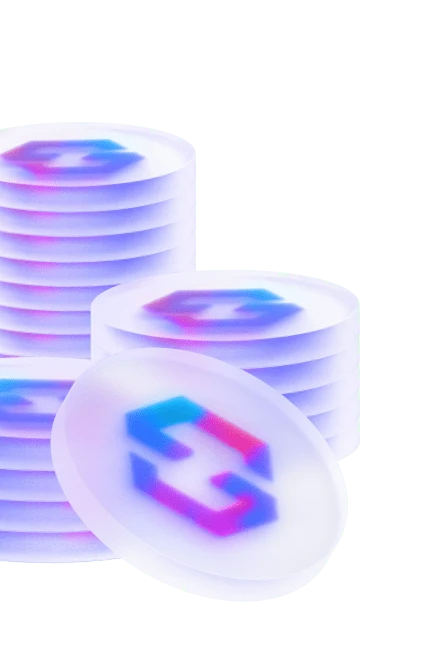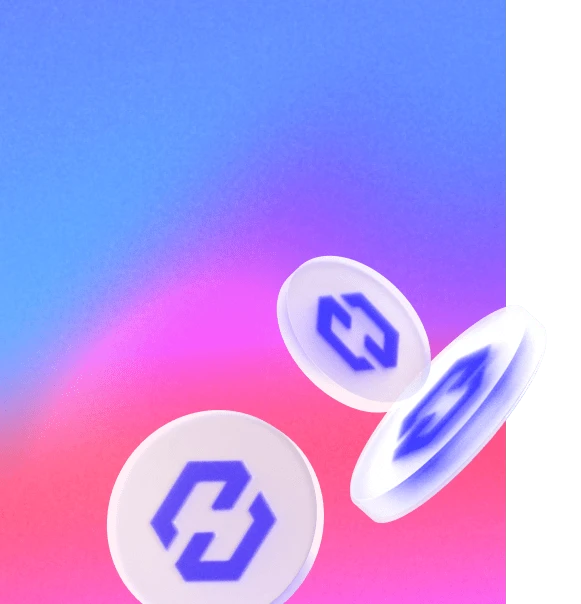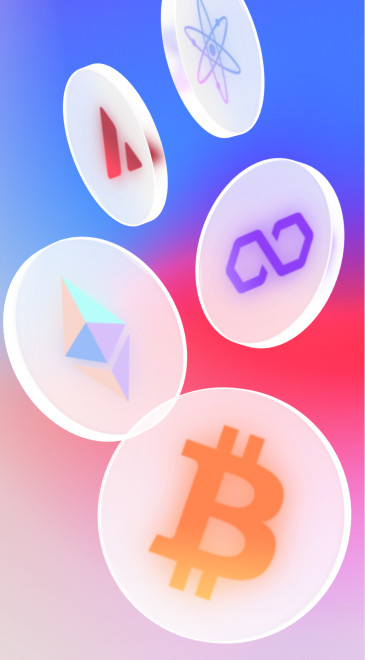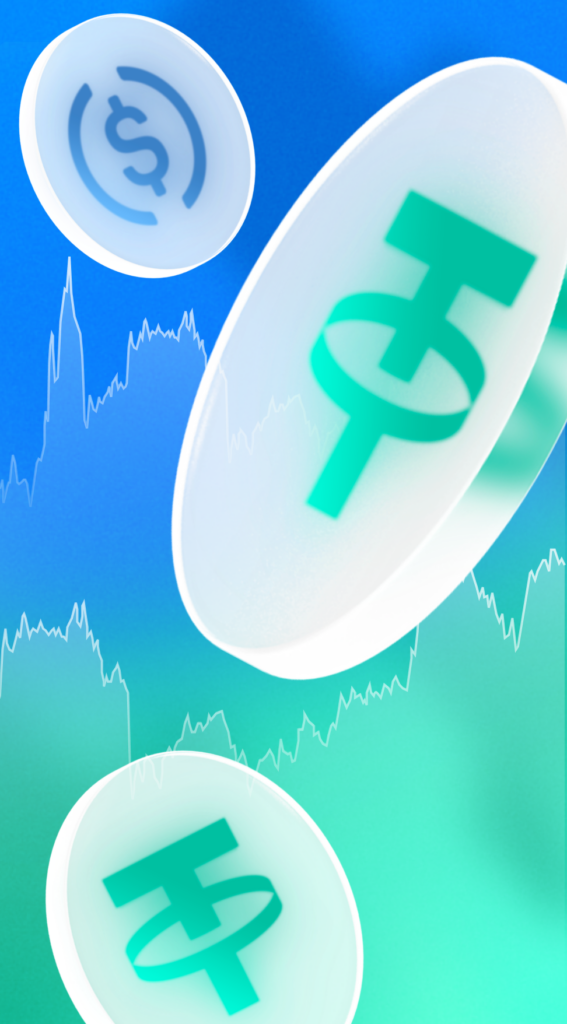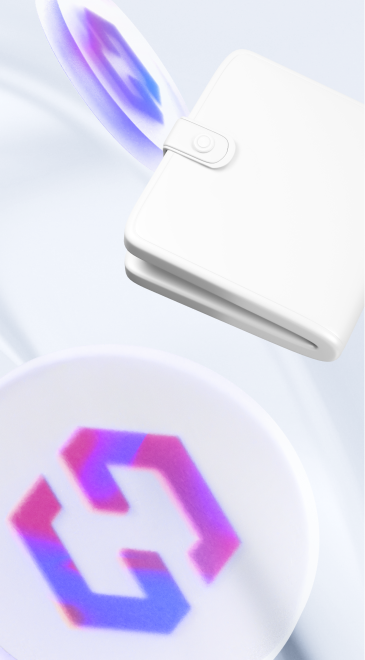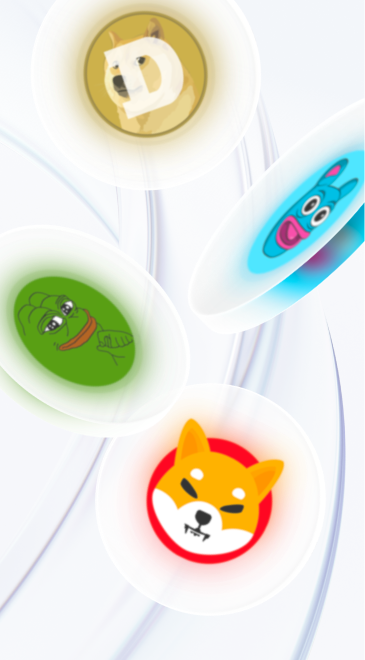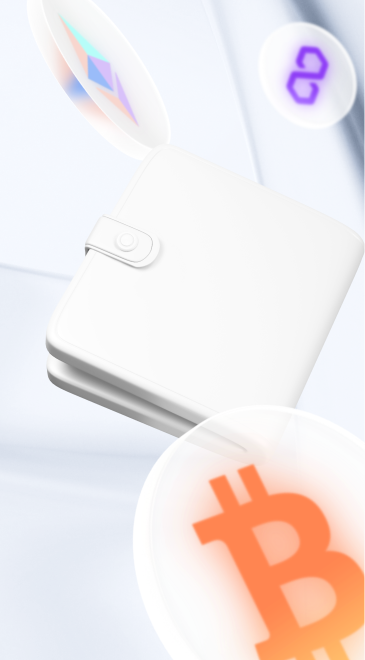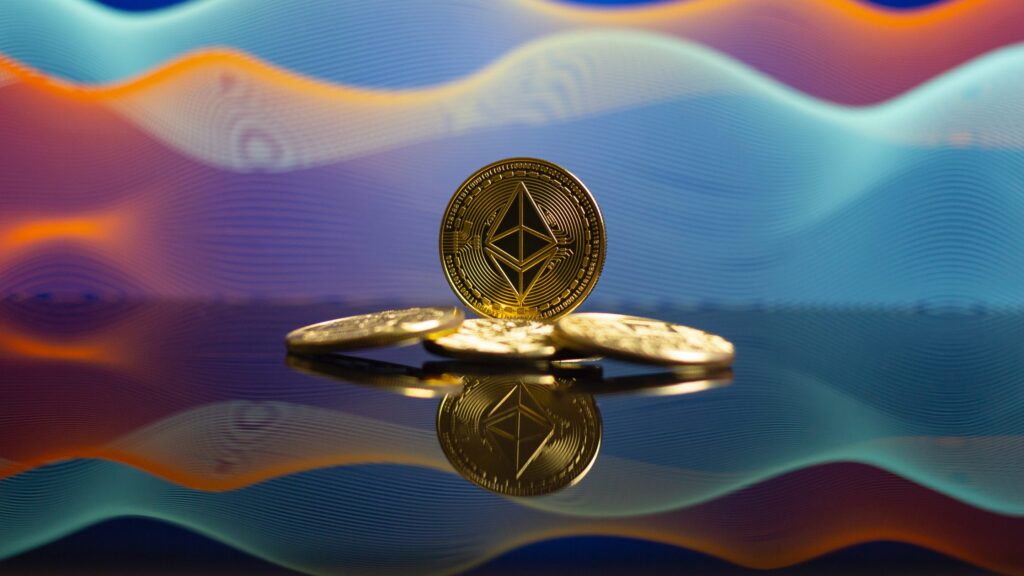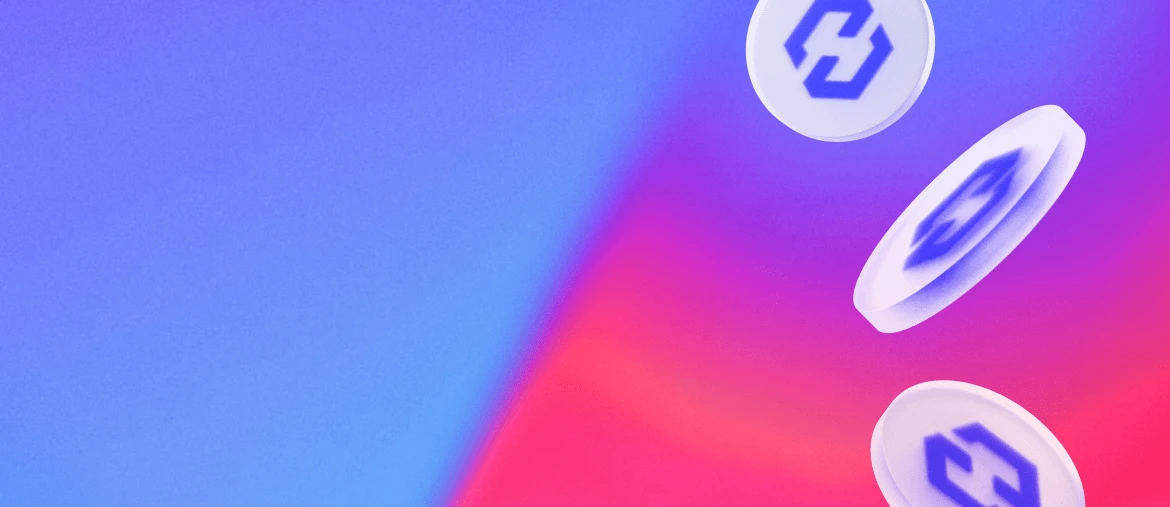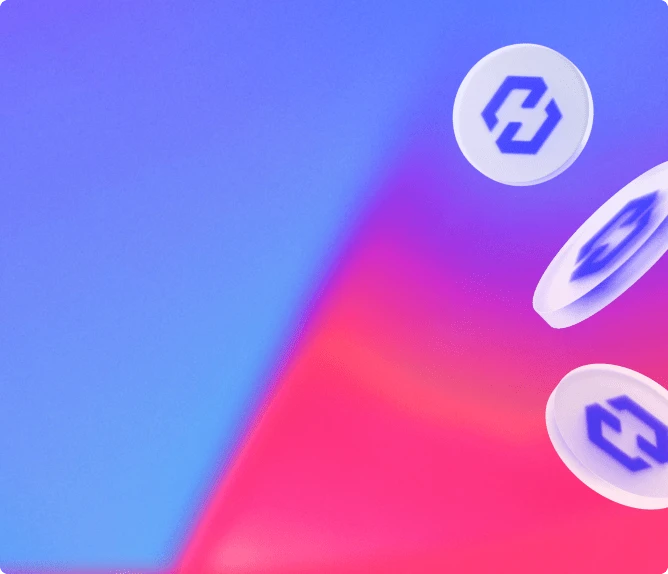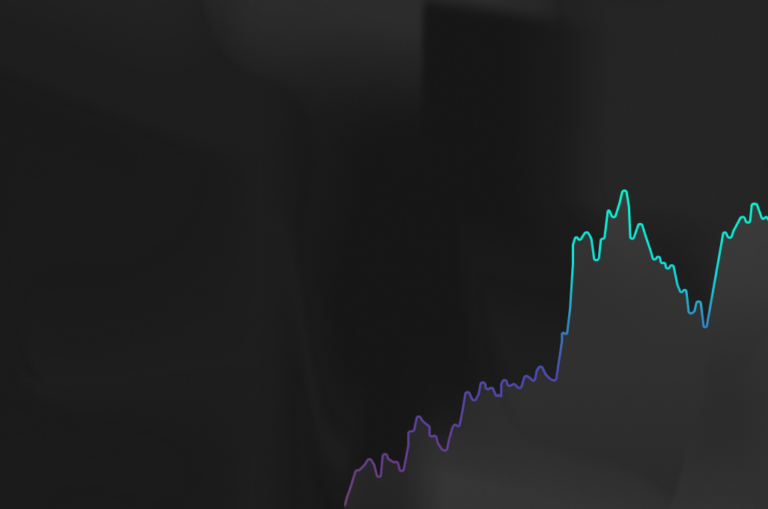Prelude from the author Marc Zeller: This article draws upon my experience at VariabL.io (VCT); the Binance Coin model, and, to a lesser extent, the Stellar (XLM) projet.
2017 was a lively and hectic year for the Blockchain ecosystem as a whole, but even more so in the ICO sector. By December 2017, approximately 215 ICOs had reached their fundraising objective, and together amounted for a total of 1,2B$. By January 2018, 170 ICOs had raised 1.6B$:
The last couple of months have however confirmed the reversal in this tendency. Projects have tended to be characterized as more average rather than quality and have subsequently tampered the “hype” cycle of 2017. Both a decrease in the number of participants and the increase in the demands of investors may account for this trend.
In our previous article on DAICOs, we listed several factors amongst which the low quality of projects (or to put it frankly, sometimes, scams) that lack product, clients and markets. Another reason put forward was the fast pace at which projects were developed to fit as “utility” tokens rather than “securities” to circumvent the regulation faced by the latter. Such projects fail to establish all of the following: a voting consensus mechanism, access to ownership rights an dividends amid decreasing demand from investors and a turbulent market that no longer guarantees rapid returns on investments.
However/Here, we argue that a token’s appeal is determined by a twofold factor; first, the likelihood/probability for an increase in an investor’s capital , and second, the opportunity the project grants to acquire ownership, through a voting mechanism on the allocation/distribution of funds. Together, these factors shape regulators’ perception of the project as an asset that functions either as a share (for instance, through ownership titles that enable a right to vote) or as a security (here, investors aim to make a profit thanks to a third parties’ work).
This is where utility tokens’ failure lies: utility tokens fit none of the above conditions. A true utility token should not -except in the event of drastically increased demand- see its price surge increase, and does enable any sort of control on the allocation of funds. Thus in light of this inadequacy, we offer and argue in favour of a new model for fundraising, coined :
Contribution-Based-Token Offering (CTO)
Pre-Requisites:
This article is catered for the world of Dapps -Decentralized Applications- projects developing services offer in a decentralized landscape and that will/are destined to, generate revenues on the long run. Projects that, by essence, will fail to generate revenues, should favour recourse to patrons, loans or subventions. That being said, we fully acknowledge the respect and merit of such projects, but simply believe they have no vocation whatsoever to raise funds from investors or through ICO mechanisms.
- We advise you/it is preferable for you not to develop your own blockchain if the project being developed is a service. Effectively, the skills, time, energy and finances required for the development of your ecosystem could instead be focused towards the development of the service itself.
- Use Ethereum, as do the majority of Blockchain developers. Alternatively, why not stay informed of the ongoing evolutions with the EOS platform if you do not consider centralized platforms as a no-go zone.
- Make sure that you dispose of first, a solid amount of funds, and second, a quality team. No project is ever launched without initial one funds; even ICOs spend important funds in order for consulting.
- Give up on the fantasy of creating a utility token: the need for these tokens is intrinsically rare, it is undeniably a bad idea for your Dapp. Create a security, investors and regulators know it so you may as well be clear and honest, no one will be fooled and that won’t be the end of the world!
- Give up on the idea of maintaining total control of your “company”, of its voting rights and revenues. These opportunities have passed.
Part I: Create a Dapp
The best moment to start “distributing” tokens without recourse to ERC20 is through your Dapp’s alpha. All you need for this is to create a central register and “token-coupons” that will grant access to tokens when the time comes, without using a Blockchain. A spreadsheet is sufficient to keep track of the process, as simple as that.
This distribution aims at enabling
- Your first alpha-testers
- Bounty Bug and UI/UX Feedback
- Those that wish to join your “community” (Telegram/discord/newsletter)
- Your pioneer “Advisors”
The amount distributed here is your choice; total supply is not yet fixed, simply keep in mind the importance given to proportionality with regards to distribution. Subscribing to a newsletter does not hold the same value as shedding to light on existing critical bugs. At this stage, your tokens have no value. The distribution can be conjured by a simultaneous distribution of ETH/fiat for certain actors, for instance in the case of a bounty Bug, in order to maintain your project’s appeal.
Distributions serve as a promotional tool and elevate your project: the distribution of your tokens enables you to transforming your initial users into Ambassadors for your product and in doing so, creates an incentive/incentivizes them to have a stake in the project’s success. Simultaneously distributing ETH/fiat alongside your tokens limit the risks associated with regulation. In fact, it renders difficult the argument from a regulator that unrewarded work has been undertaken by one of our contributors.
Part 2: Launch a DAO
Thanks to your hard work and distributional procedures, you have successfully developed your very first MVP (Minimum Viable Product) that can now be launched on the Ethereum mainnet. This product can eventually generate your first revenues.
Now it is time to act on the allocation divide of your token’s monetary supply. At this stage, you have already distributed token-coupons to several distinct actors, and you must decide the weight of these tokens with regards to total supply.
- If your weight is negligible, you will lose your user’s incentive as the project’s first users. Your project’s overall image and brand may suffer from this as well.
- Your token’s stability will be at risk if the weight is too strong. In fact, a disproportionate supply of tokens into the wallets/in the hands of a couple of actors tampers the project’s appeal.
- Further distributions may occur; keep this in mind in order to maintain a “distributable reserve” supply.
Once you have attained your equilibrium, a portion of token holders (“contributors”) will hold a minority of the total supply of tokens. You are now at a key moment and can capitalize on the promotional window of opportunity by creating a ERC20 token and distributing it to the contributors .
A Decentralized Autonomous Organization (DAO) is a smart-contract governance mechanism in which holders are granted decision making on certain aspects of the project. This article holds several purposes related to DAO: The DAO will receive all of ETHs collected by your MVP’s activity (Most Viable Product). This DAO enables the vote and execution of certain actions:
- This function will enable first a vote to decide the allocation of the percentage of ETH to be held by the DAO and then for these tokens to be bought at given market price and automatically destroyed (Burn)
- “TAP”: calculated as a function of (number of ETH)/(period of time), the TAP gives the number of ETH that can be withdrawn from the DAO to finance the project’s development (keeping in mind that the percentage concerned here excludes those dedicated to the BurnRate) (see our DAICO article)
- “DeFrost”: functionality that enables access to a predetermined pool of tokens once an important step of the project has been reached.
The rules governing your DAO such as voting periods, quorums, liquid democracy, minimal and maximum length between voting periods and additional voting rights are in your hands. Think of the DAO as an administrative body constituted of investors to whom you are accountable.
The limited success of prior initiatives granting token holders voting rights, mainly as a result of the lack of personal investment from project investors, must be acknowledged. Thus, that your tokens are distributed to key actors implicated throughout the project’s development will prove to be of capital influence. For instance, you may implement a liquid democratic system through which token holders can delegate or withdraw their right to vote to voluntary, that wish to participate in the project and closely follow its development. You have now reached the stage at which the DAO sequestrates a majority of your tokens. These will be accessible later on, once different stages are attained. You can consider sequestrated tokens as outside of your available supply.
It is important to note the two different possible destinations of the funds held by the DAO: your own personal address and the smart contract in charge of burning tokens. Foreclose the possibility of ETH withdrawals towards token holders (direct dividends) to minimize regulatory risks and threats. Reducing the supply of tokens is similar to setting dividends. You now have a DAO, token holders, an ERC20 and a first product and your token is ready to be listed in a DEX such as Etherdelta or IDEX. Your token will have its first value once listed. At this stage, you have little incentive to sell your own tokens. Since very few are available, it is better for you to let the market set its value.
Why should I use “burnRate” function?
The BurnRate function may seem counterintuitive: why would I destroy tokens?
Simply, it serves to reduce the available monetary supply. Token holders may use the project’s revenues to buy tokens on the market and destroy them.
In theory, when monetary supply diminishes, valorisation remains constant, and thus, the value of each token increases. This creates an indirect dividend, for both you and your token holders and can impact on the holdings of token holders.
The monetary supply of your token converges towards zero without ever reaching that value. This will actually sustain and support the token’s value, as so long as the revenues generated by the associated product lingers to destroy the tokens.
Why should I use “deFrost”?
Two choices exist for you to finance your project:
- The TAP function enables token holders to free ETHs generated during the project’s activity, towards the project holder.
- The DeFrost function allows these holders to free a portion of the tokens that froze amid the DAO’s creation.
If you chose to distribute your tokens, you will likely sell a part of these tokens at market price to pay expenses, and will negatively impact upon the value of your token. However, this sales may lead new token holders to enter the project and increase its overall appeal.
Distribution of your token’s monetary supply
- You are indirectly in possession of a large portion of tokens. Yet, this is not a problem as you have not sold any of these and a large segment is frozen in the DAO without a right to vote, which compensates for the large concentration of monetary supply in your hands. The portion of tokens that you have kept from the start (excluding the DAO) is simultaneous with DAO’s equilibrium rate. If you were to hold absolute majority of voting rights at any given moments, the purpose of the DAO would decline, in the eyes of token holders.
- The users, known as contributors, possess a minority of token supply but a relative majority of voting rights in the DAO. This reinforces their incentive and motivation to participate in the development and success of your project; they are your first ambassadors.
- You lose your voting right when you sell your tokens on the market to finance your market, which negatively impacts upon the price of your token. Selling only the amount of tokens necessary to finance your project’s development constitutes an economic incentive that results in first, the entry of new token holders, and second, a decrease in early holders’ concentration of monetary supply.
Summary:
- You have created two distinct products – your major product is the service offered and that generates revenue, and a token, whose value mirrors the project’s overall quality.
- Both products are intrinsically linked: positive influences on one of the two will follow on the other.
- You have generated an ecosystem of token holders that have a direct incentive to actively participate in the DAO and for the project to be successful. This is a critical point, many qualitative blockchain projects struggle to generate traction. This model, however, maximizes your chances to do so.
- You have established a market in which your project is able to finance itself regularly; and that remunerates actors key to the project’s success.
- You have created a security, without even selling a single token during the initial distribution.
Limitations:
- In this model, the project is not financed at the beginning, but only once it has proven its merits. Your first product needs to flourish and be appealing before you are able to “receive funds”.
- You say bye bye to a part of future revenues at the detriment of others.
- You grant a part of control of the project to others and no longer hold entire decision making on distributional aspects of the funds your product has generated.
- At the initial stage of your project, is is likely that the funds brought about by your product will be minimal, whilst the TAP function will be insufficient for total funding, your token hold few value, and you entail the risk of strong token dilution if your spendings are high.
- Rival projects similar to yours that have raised important funds throughout their ICOs will be in a position of force.
- This is a new model and does not constitute a guarantee to avoid regulation or any legal risks associated to securities.
- If your project is not successful, you will not have any funds.
Opportunities
- A virtuous circle derives from the token-project relationship. Your token is not necessarily an addition to your project, but rather a separate yet, linked asset.
- This model acts as an important marketing and promotional lever that generates your project’s elevation. Users become ambassadors of your product.
- If your product and token generate revenues and traction, you will be in an ideal position to discuss with regulators and clarify your asset’s legal situation.
- Token holder’s strong incentive to actively participate in your project maximize the project’s manifold opportunities (consulting, partnerships and feedback).
Conclusion
This relatively new model is experimental. With this model, a token holder exchanges some his own “freedoms” (voting rights) and revenues (BurnRate) against… no direct funds, which is of course, counterintuitive and in opposition with traditional fundraising models (VC, investors) and ICOs.Instead, you maximize opportunities to create traction and dispose of an important promotional lever for your product and create a second one.Product and token are intrinsically and economically linked to generate funds for both you and token holders.
This model is incompatible with the idea of becoming rich rapidly, it can prosper but is closely determined by the project’s development and success rate. Amid its “hype” period, the blockchain ecosystem forgot that in the traditional economy, a majority of project holders are unable to remunerate employees in the early stages and years of their projects. Pursuing entrepreneurship is synonymous with risk-taking, both for project holders and investors. The ICO fever solely concentrated risks towards investors rather than project holders. A viable model valuing the work of actors key to projects’ success (you and your early contributors) is necessary, one that would re equilibrate the relationship between the risks and value of projects. The debate is open!
